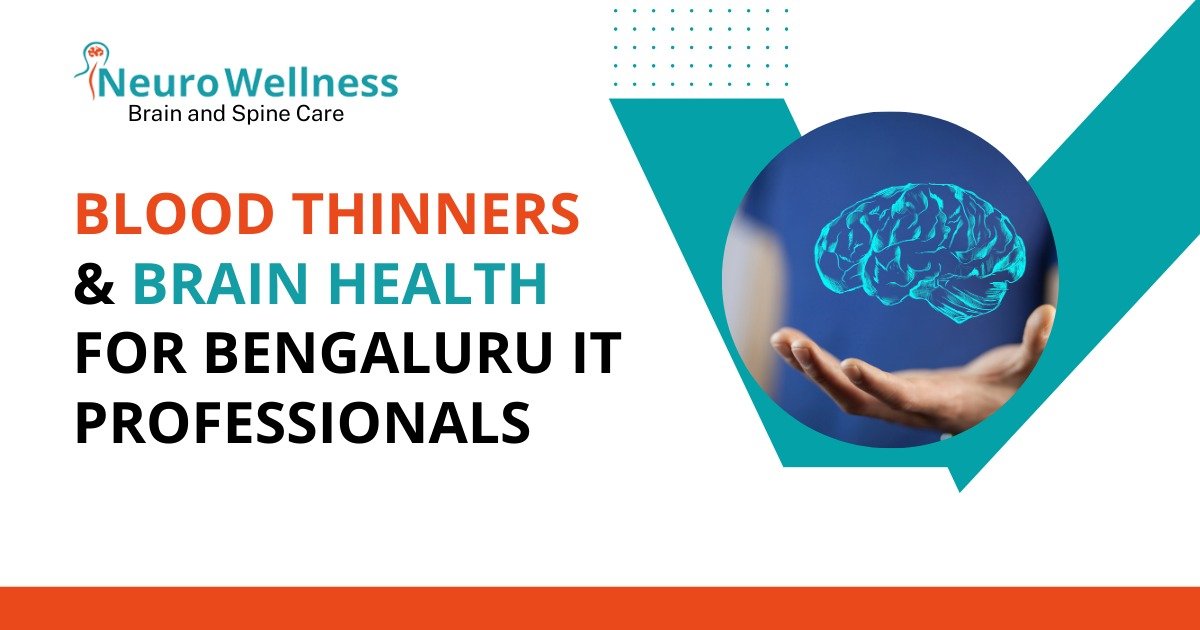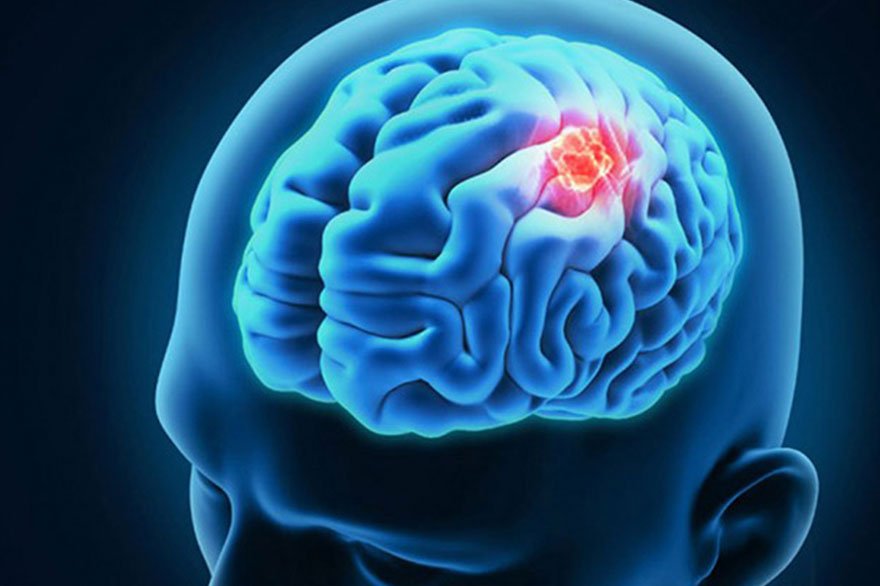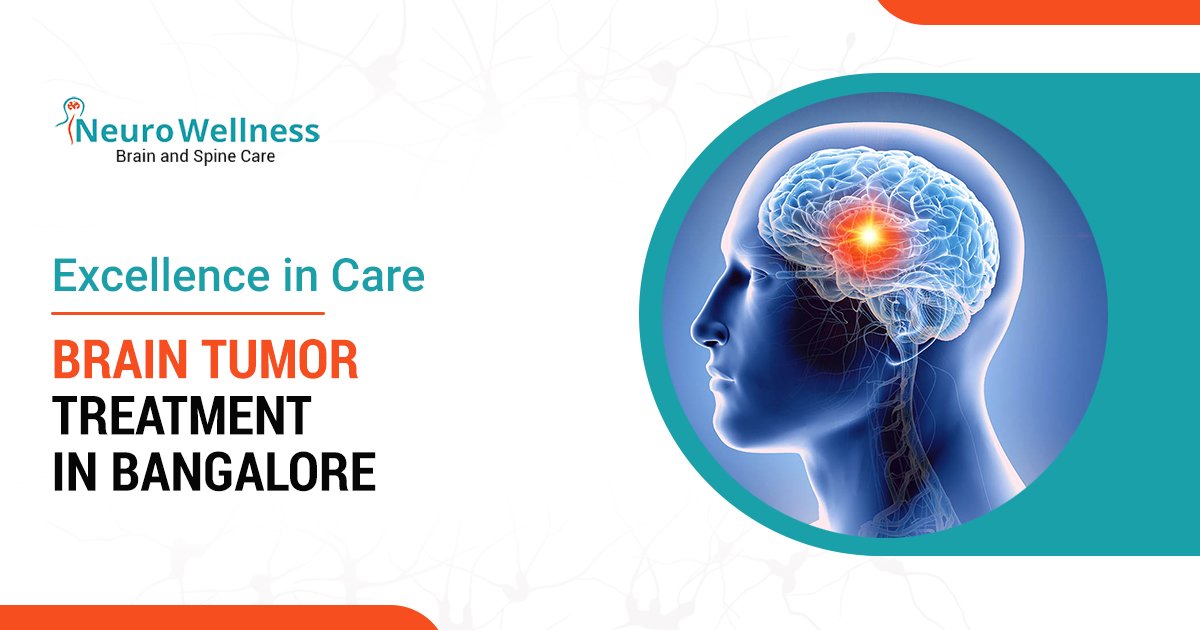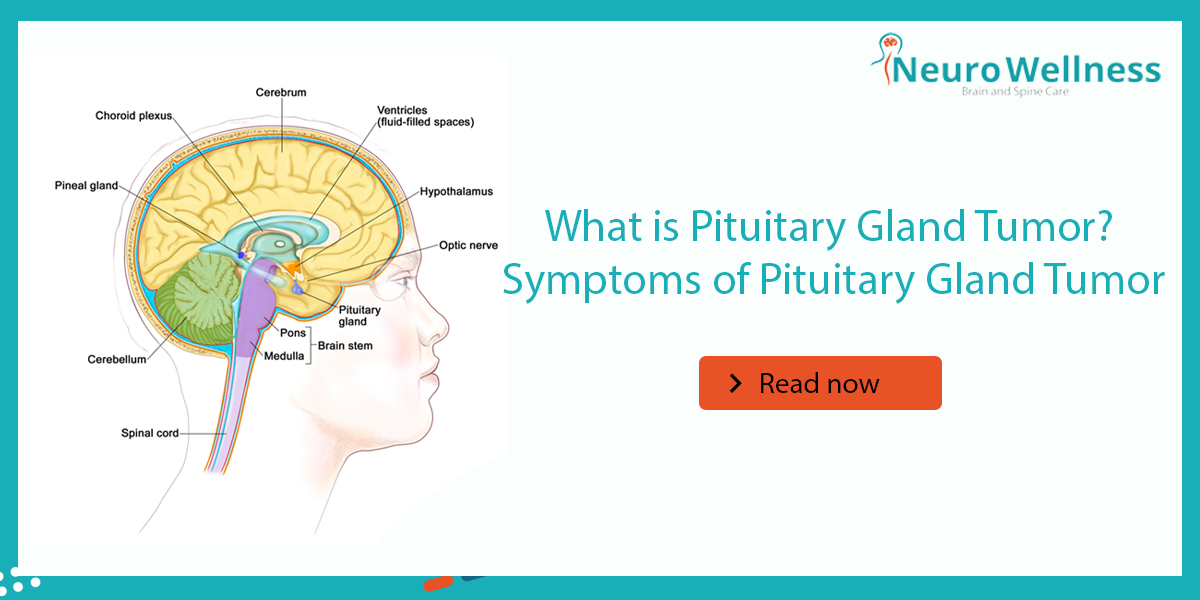In Bengaluru’s tech parks, from Electronic City to Whitefield, lakhs of software engineers spend their days coding, attending back-to-back meetings, and living with tight project deadlines. The pace is exciting, but it often comes with hidden health costs.
One such concern many IT professionals don’t think about until it hits close to home is the use of blood thinners medicines that protect the heart and brain from dangerous clots.
If you’ve heard about someone in your office team or family being put on blood thinners after a stroke, heart issue, or irregular heartbeat, you might have wondered:
ㆍ“Will they bleed too much if they get hurt?”
ㆍ“Can they eat regular food like palak, methi, or broccoli?”
ㆍ“Are blood thinners dangerous?”
Here’s a simple guide for Bengaluru’s IT professionals and their families to understand blood thinners and their importance in brain health.
Concerned about stroke or blood thinner use? Book a consultation with Dr. Ganesh Veerabhadraiah at Kauvery Hospital, Electronic City.
What Are Blood Thinners and Why Do IT Professionals Need Them?
Despite the name, blood thinners don’t actually “thin” the blood. What they do is prevent harmful clots from forming inside your body.
Normally, clots are life-saving they stop bleeding when you get injured. But in certain health conditions, clots form when they’re not supposed to. These clots can travel to the brain and block blood flow, causing a stroke.
Learn more about brain stroke causes and warning signs
Think of it like this: In IT, a small bug in your code can crash the whole system. Similarly, a small clot can block blood flow and “crash” part of the brain. Blood thinners prevent these “bugs” from forming.
Why Do Doctors Prescribe Blood Thinners?
They are commonly prescribed for :
ㆍAfter a stroke or mini-stroke (TIA)
Read more about mini-stroke (TIA) symptoms and risks
ㆍPatients with atrial fibrillation (irregular heartbeat)
ㆍAfter heart attack, stent, or bypass surgery
ㆍPeople with blood clots in legs (DVT) — often seen after long sitting hours
ㆍThose with artificial heart valves
For Bengaluru’s desk-bound professionals, long sitting hours, stress, and lifestyle risks make these conditions more common than we think.
Why They Matter for Brain Health in Techies
ㆍPrevent ischemic strokes (the most common type in young and middle-aged professionals).
ㆍReduce clot risk from conditions like atrial fibrillation.
ㆍProtect those who already had a mini-stroke (TIA) which is increasingly being seen in Bengaluru’s 30–40 age group due to lifestyle stress.
Here are 5 lesser-known stroke facts

Dr. Ganesh Veerabhadraiah
Consultant – Neurosurgeon, Neurointerventional Surgery, Spine Surgeon (Neuro)
23+ Years Experience Overall (17+ years as Neuro Specialist)
Available for Consultation: Jayanagar 9th Block & Kauvery Hospital, Electronic City
Expert Stroke & Brain Health Care – Dr. Ganesh Veerabhadraiah
Managing stroke risk and blood thinner treatment requires the guidance of an experienced specialist. Dr. Ganesh Veerabhadraiah is a senior neurosurgeon in Bangalore with over 20 years of experience in treating stroke, brain aneurysms, and complex neurovascular conditions.
He has successfully treated thousands of patients across Bengaluru, including many IT professionals with lifestyle-related risks. His strategies include:
Personalized stroke prevention plans for IT professionals with high-stress jobs.
✔️ Safe blood thinner management, balancing clot prevention with bleeding risk.
✔️ Advanced brain scans & diagnostics for early detection of stroke/TIA.
✔️ Minimally invasive neurosurgical procedures when required.
✔️ Lifestyle guidance on stress, sleep, and ergonomics to reduce recurrence.
Worried about stroke risk or managing blood thinners?
The Flip Side – Risks of Blood Thinners
Like every powerful tool, blood thinners need care.
• Bleeding: Small cuts may bleed longer.
Learn more: cerebral aneurysms
• Rare Brain Bleed: If overdosed, bleeding can occur in the brain.
• Bruising: Easy skin marks after minor bumps.
• Food & Medicine Interactions: Sudden diet changes or self-medicating painkillers can interfere.
Just like code crashes if you mix wrong functions, your health can “crash” if you misuse blood thinners.
Precautions Bengaluru Professionals Should Follow
1. Don’t stop or skip doses – even on busy workdays.
2. Tell your doctor before any surgery, dental cleaning, or new medicine.
3. Be careful with painkillers – avoid popping ibuprofen or diclofenac casually.
4. Watch for red flags – severe headache, black stools, or unexplained bruises.
Read more: Dangerous Facts of a Brain Aneurysm
5. Follow-up blood tests Warfarin requires INR monitoring; newer drugs are easier but still need regular review.
Diet & Lifestyle Tips for IT Crowd
ㆍGreens are safe – eat palak, methi, broccoli, but in consistent amounts. Don’t binge one week and avoid the next.
ㆍStay hydrated – replace that 5th cup of coffee with water.
ㆍLimit alcohol – weekend parties + blood thinners = risky combination.
ㆍBe cautious with herbal teas/supplements – garlic, ginseng, and green tea in excess can affect clotting.
ㆍStay active – do a 10-minute walk in your campus every 2 hours.
ㆍAvoid high injury sports cricket with friends is fine, but avoid risky adventure sports without consulting your doctor.
Final Thoughts
In Bengaluru’s IT culture, we chase deadlines and ignore health warnings. But remember your brain is your most important processor. Blood thinners, when prescribed, are not a weakness; they’re your system’s firewall against clots and stroke.
Take them responsibly, don’t skip them during busy weeks, and follow your doctor’s advice. Respect the medicine it may be protecting your future.
“Your brain is your most powerful processor — don’t ignore it. If you’re on blood thinners or worried about stroke risk, schedule a consultation with Dr. Ganesh Veerabhadraiah today.”
FAQs
1.Can I eat my regular Bengaluru-style meals with greens if I’m on blood thinners?
Yes — but eat them consistently. Don’t suddenly eat large amounts of palak or methi if you’re on Warfarin. Newer drugs are less affected by diet.
2. If I cut my finger while cooking or typing at work, will I bleed too much?
No. Small cuts may bleed longer but usually stop with pressure. Only major injuries need urgent care.
3. Can long sitting hours in IT jobs increase clot risk?
Yes. Prolonged sitting (coding marathons, long meetings) slows circulation, increasing clot risk. Blood thinners are especially important for those with DVT history.
4. Do blood thinners cause brain hemorrhage?
Rarely, yes. But when monitored properly, the benefits of preventing a clot-related stroke far outweigh the risks.
5. Can I stop blood thinners once I feel healthy?
Never. Stopping suddenly is dangerous. Always consult your doctor first.

About Author
Dr. Ganesh Veerabhadraiah
Dr. Ganesh Veerabhadraiah, leading neurosurgeon and neurologist in Bangalore, has over 20 years of expertise in managing back pain, migraines, headaches, neuro disorders, and spine problems. His clinical excellence and patient-first approach make him one of the most trusted neuro doctors in Bangalore.
At Neurowellness Brain & Spine Clinic in Jayanagar and Kavery Hospital Electronic City, Dr. Ganesh provides comprehensive treatments ranging from minimally invasive spine surgery to advanced neurological care. As a respected back pain specialist and migraine doctor, he continues to deliver reliable outcomes for patients. 👉 Connect with Dr. Ganesh on LinkedIn













